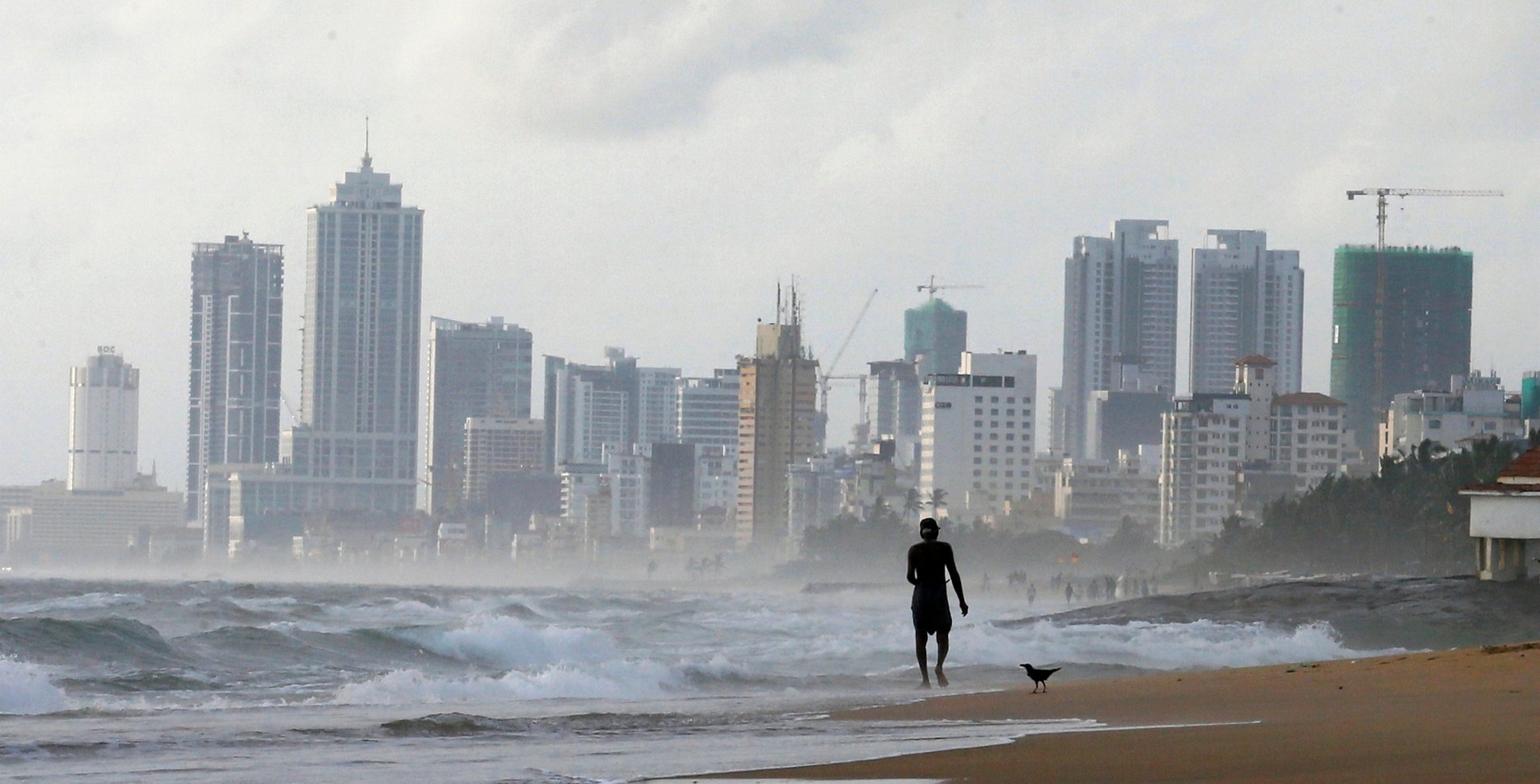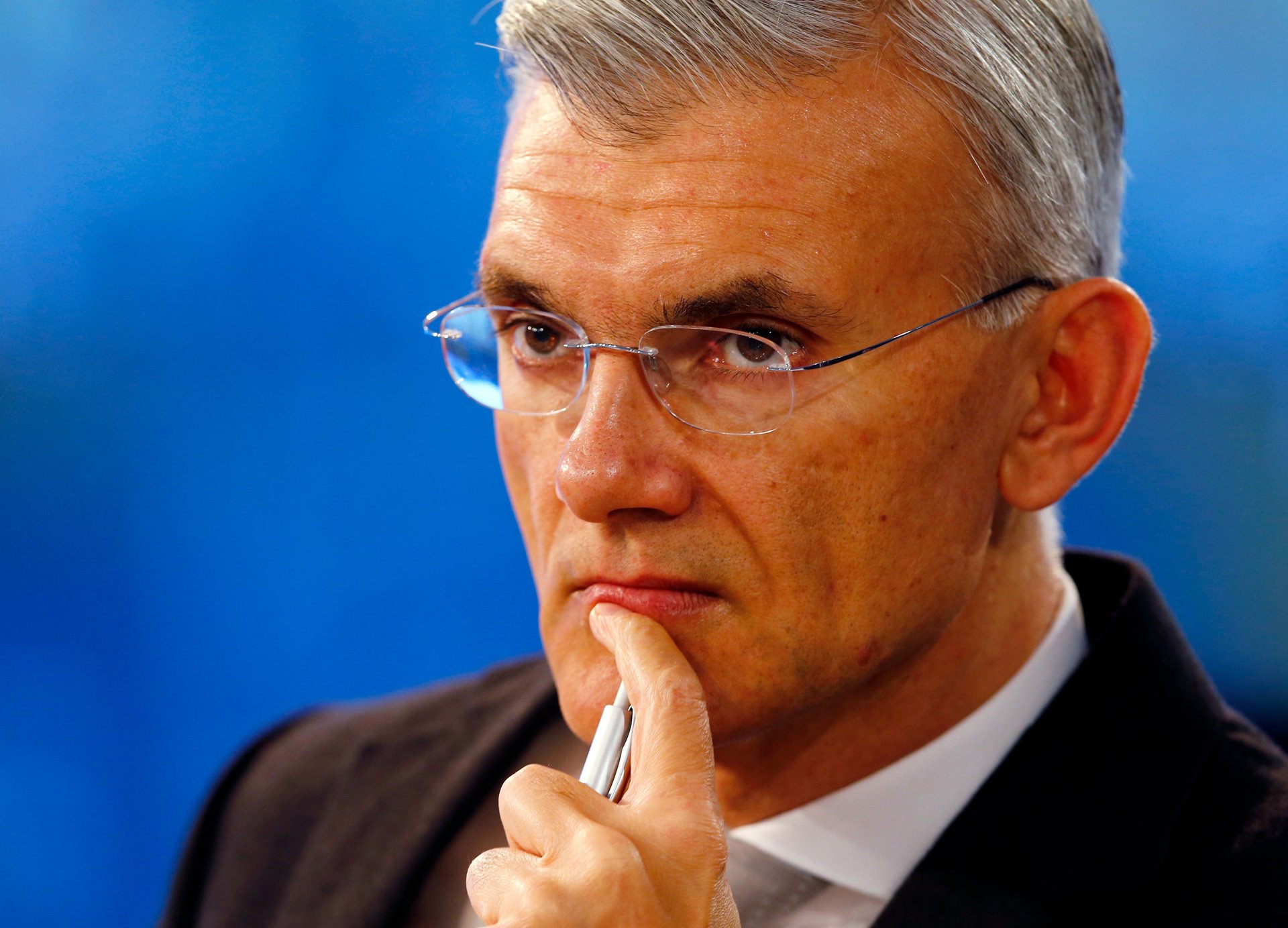A Sri Lankan author remembers the easy, “mixed fruit” society before the civil war tore it apart
Gotabaya Rajapaksa, the erstwhile defence chief of Sri Lanka, won the presidential election in the island nation on Nov. 16, beating his opponent Sajith Premadasa by a wide margin.


Gotabaya Rajapaksa, the erstwhile defence chief of Sri Lanka, won the presidential election in the island nation on Nov. 16, beating his opponent Sajith Premadasa by a wide margin.
For at least a section of the Sri Lankan society, this election brings back memories of the country’s decades-long civil war.
For its minority Tamils, who had pinned their hopes on Premadasa to bring them justice for the abuses they suffered during that tumultuous period in the 1980s, ’90s, and 2000s, the wait for their wounds to heal continues. The war left the community with countless “missing” persons, but no closure.
Author Razeen Sally was born “half-half” to an Anglo-Welsh mother and Ceylonese-Muslim father in Colombo in 1965. Sri Lanka was still Ceylon back then, and almost two decades away from the war that began in 1983 between Tamil rebels and the Sinhalese government.
Now, 10 years after the government defeated the dreaded Liberation Tigers of Tamil Eelam (LTTE) fighters, Sally has written a memoir about his homeland, one that he has lived away from for most of his childhood and youth since 1977. In Return to Sri Lanka, Sally, the director of European Centre for International Political Economy and associate professor at the Lee Kuan Yew School of Public Policy at the National University of Singapore, writes about going back to one’s country after the violence has ended, and seeing it through the fresh eyes of a well-travelled, thinking adult.
In an interview with Quartz, Sally talks about the damage the civil war did to Sri Lanka’s social fabric, and how different the country is now from when he left. Edited excerpts:
What is it like to return to one’s homeland after years of conflict?
I went back to Sri Lanka during the war years, but very infrequently—once every five or six years. So I saw how society changed: more military and police on the roads, checkpoints and barbwire, no-go zones, ethnic communities mixing less, and retreating behind their parapet walls, and hotels with few tourists. There was much more tension in the air. But the Colombo jet-set continued partying regardless. They rarely sent their sons to fight in the north and east.
How does violent, political upheaval change the way citizens interact with their governments?
During the war years, in the Sinhalese-dominated parts of the country, citizens’ dealings with the state didn’t change much. The main exception was the vast expansion of the police and armed forces. But, of course, the change was profound in the main combat zones of the Tamil-dominated north, and the mixed (Tamil, Sinhala, and Muslim) east. The government controlled the cities and towns while the LTTE controlled much of the countryside; by night no one was safe. All that changed quickly with the end of the war. Peace brought normalisation, at least on the surface.

What was the socio-economic makeup of Sri Lanka when you left the country, and how different was it when you returned?
When I left Sri Lanka in 1977, aged 12, the economy was in tatters after seven years of extreme socialism. Most people were poor, unemployed, or underemployed. The population was primarily rural. There was little manufacturing. Tea, rubber, and coconuts dominated exports. And ethnic tensions were simmering.
Then came economic liberalisation (in 1977). Most people experienced rising living standards; they became better clothed, housed, and fed. Industrialisation arrived with a new export-oriented garments industry. Sri Lanka appeared visibly more “modern.” Of course, it was different in the north and east, where the fighting was concentrated. There, people were under siege and stuck in a time warp. After the war, the north and east remain the poorest parts of the country, especially in rural areas, but development has come to larger towns and cities, most visibly in Muslim towns on the east coast.
Does last year’s political turmoil in Sri Lanka worry you? Did the Easter terror attack in April raise doubts in the minds of the people of the possibility of another armed conflict?
Yes, it does, but I don’t think another armed conflict is on the horizon. The Rajapaksa government’s victory over the LTTE (in 2009) was total. Tamils don’t have the stomach for another conflict, except armchair militants in the diaspora. But that still leaves unresolved issues in the north and east: genuine devolution; justice for war crimes; and deep social and economic scars from the war. Islamic fundamentalism among a minority of Muslims—a relatively new phenomenon in Sri Lanka—is also a threat, not least because it might provoke a nasty backlash by militant Sinhala Buddhists. So, I worry about ethnic tensions and continued instability.
It has been a decade since the conflict ended. Has the social fabric of Sri Lanka recovered? Or has it evolved to accept the wounds of the war as part of its cultural, social, and political history?
On the surface, Sri Lanka appears much better a decade after the war ended. That includes the north and east. People can go about their normal lives free of checkpoints and no-go zones, and without fear of bombs going off—the Easter Sunday 2019 bombings being the terrible exception. But yes, the war changed the social fabric; or rather it accelerated what started in the previous quarter-century of Sinhala-Tamil strife. After Independence (in 1948), Sinhala Buddhism became ever more chauvinistic and politicised; and minorities—Tamils, and later Muslims—reacted by retreating within their walls. I miss the easy mixing among Sinhalese and Tamils, Buddhists, Muslims and Christians, the “mixed-fruit” society, of my early childhood. I hope it will return. But I wouldn’t count on it.